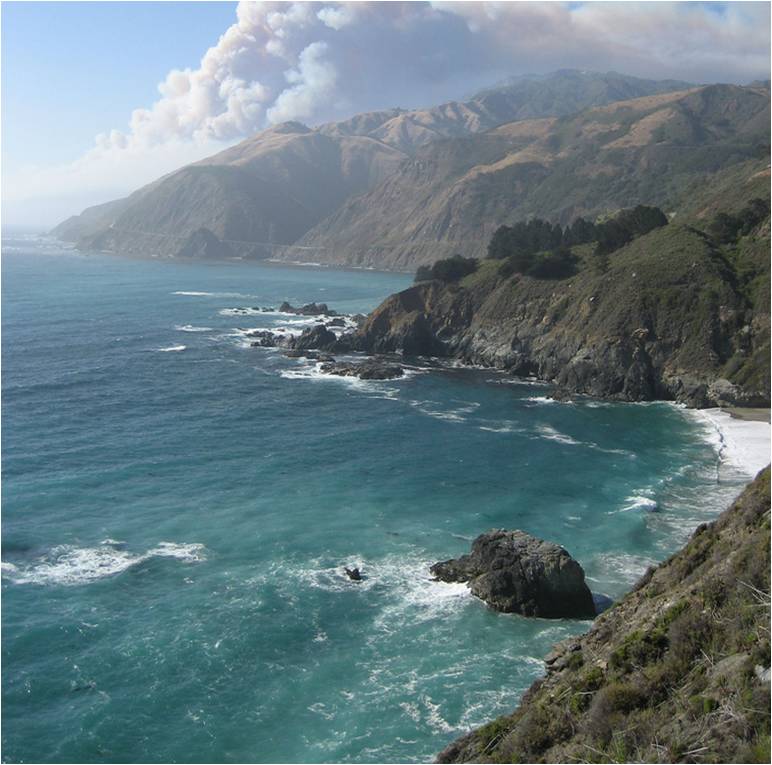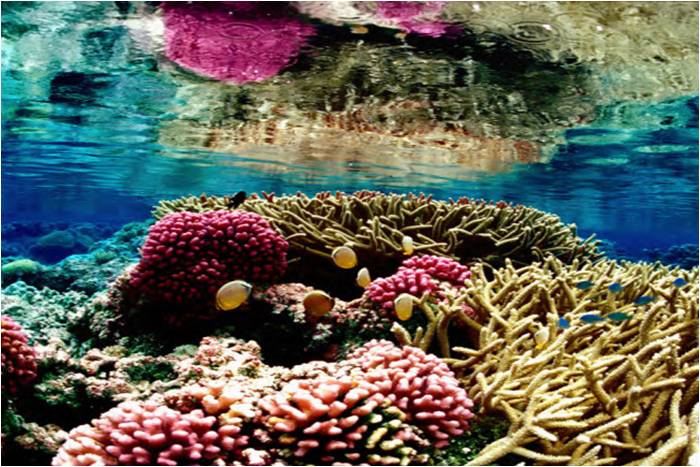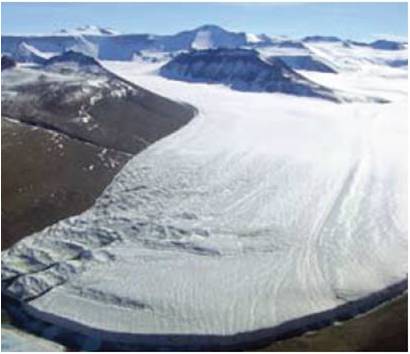Research, Observations, and Monitoring
Rising Temperature and Sea Level
 Global annual-mean surface temperature has shown a rapid and widespread increase of 1. 4º F (0. 7ºC) since the early 20th century, with about 0. 9º F of that increase occurring since 1978. In addition, the global average sea level has also increased since the 1800s due to warming and melting of land ice. Read more.
Global annual-mean surface temperature has shown a rapid and widespread increase of 1. 4º F (0. 7ºC) since the early 20th century, with about 0. 9º F of that increase occurring since 1978. In addition, the global average sea level has also increased since the 1800s due to warming and melting of land ice. Read more.
Coral Reefs
 Climate change can severely impact coral reefs. Currently, coral reef ecosystems are under stress from many sources including increased sea surface temperature, ocean acidification, pollution, over-fishing, coastal use and extreme events such as storm damage from hurricanes or typhoons. Read more.
Climate change can severely impact coral reefs. Currently, coral reef ecosystems are under stress from many sources including increased sea surface temperature, ocean acidification, pollution, over-fishing, coastal use and extreme events such as storm damage from hurricanes or typhoons. Read more.
Polar Regions
 The polar regions are thought to be among the most vulnerable ecosystems impacted by rapid and long-term changes in climate (IPCC, 2007). Satellite and ground surface measurements have shown that in recent decades, the polar regions have experienced more rapid changes in the seasonality and areal extent of snow cover and of sea ice than in the past. Read more.
The polar regions are thought to be among the most vulnerable ecosystems impacted by rapid and long-term changes in climate (IPCC, 2007). Satellite and ground surface measurements have shown that in recent decades, the polar regions have experienced more rapid changes in the seasonality and areal extent of snow cover and of sea ice than in the past. Read more.
Bottom Image: Photo courtesy of the NRCS National Soil Survey Center
Other Images: Photos courtesy of the U.S. Fish and Wildlife Service